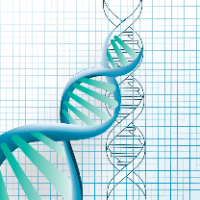‘Soft’ genome editing using CRISPR nickases as a potential source of safer cell products
Cell & Gene Therapy Insights 2023; 9(9),1201 –1210
DOI: 10.18609/cgti.2023.158
The integration of the gene and cell therapy fields through the application of genome editing principles permits generating ex vivo transplantable grafts from stem cells or from their differentiated progenies (e.g., T and NK cells) with novel genetically-engineered function(s). As such, these technologies are offering new therapeutic avenues to previously intractable inherited and acquired disorders (e.g., malignant and infectious diseases). In this article, we discuss the main characteristics, advantages and limitations of genome editing involving the targeted chromosomal insertion of transgenes upon site-specific double-stranded DNA break (DSB) formation by programmable nucleases, namely, RNA-programmable CRISPR nucleases. Subsequently, building on this information and recent findings, we put forward the view that targeted transgene insertion strategies based on CRISPR nickases, as opposed to nucleases, address important limitations of conventional DSB-dependent genome editing approaches. In particular, the cytotoxicity and high genotoxicity resulting from DSBs especially in cell types highly sensitive to DNA damage, including pluripotent and hematopoietic stem cells.
